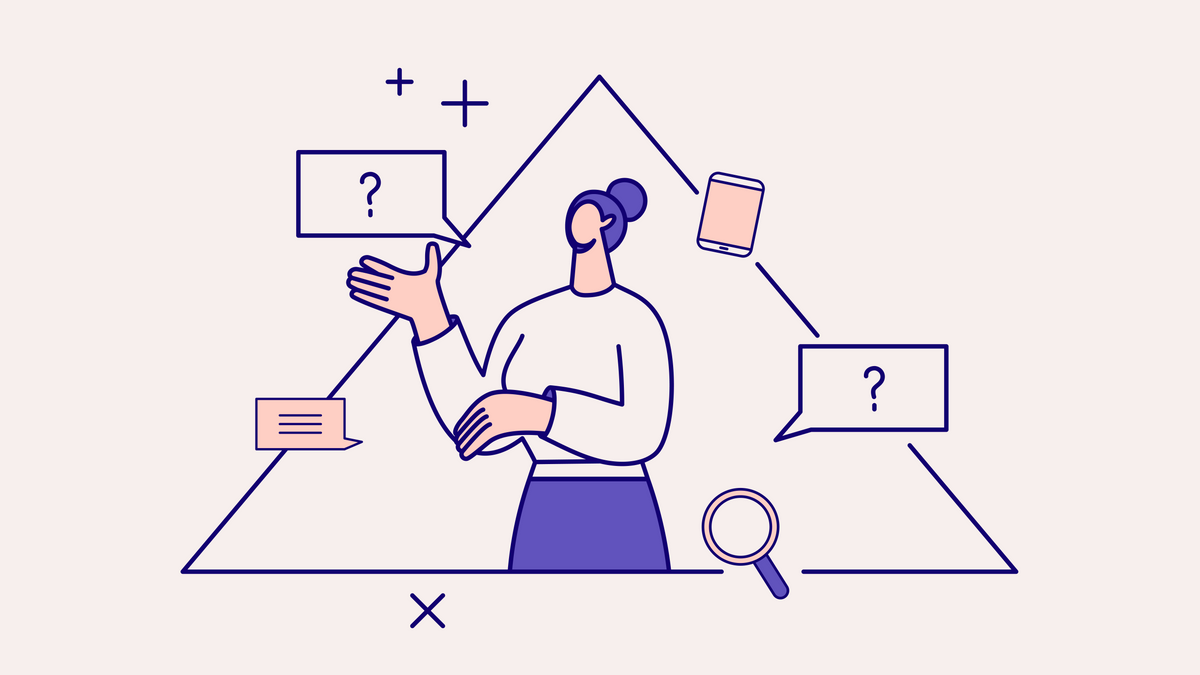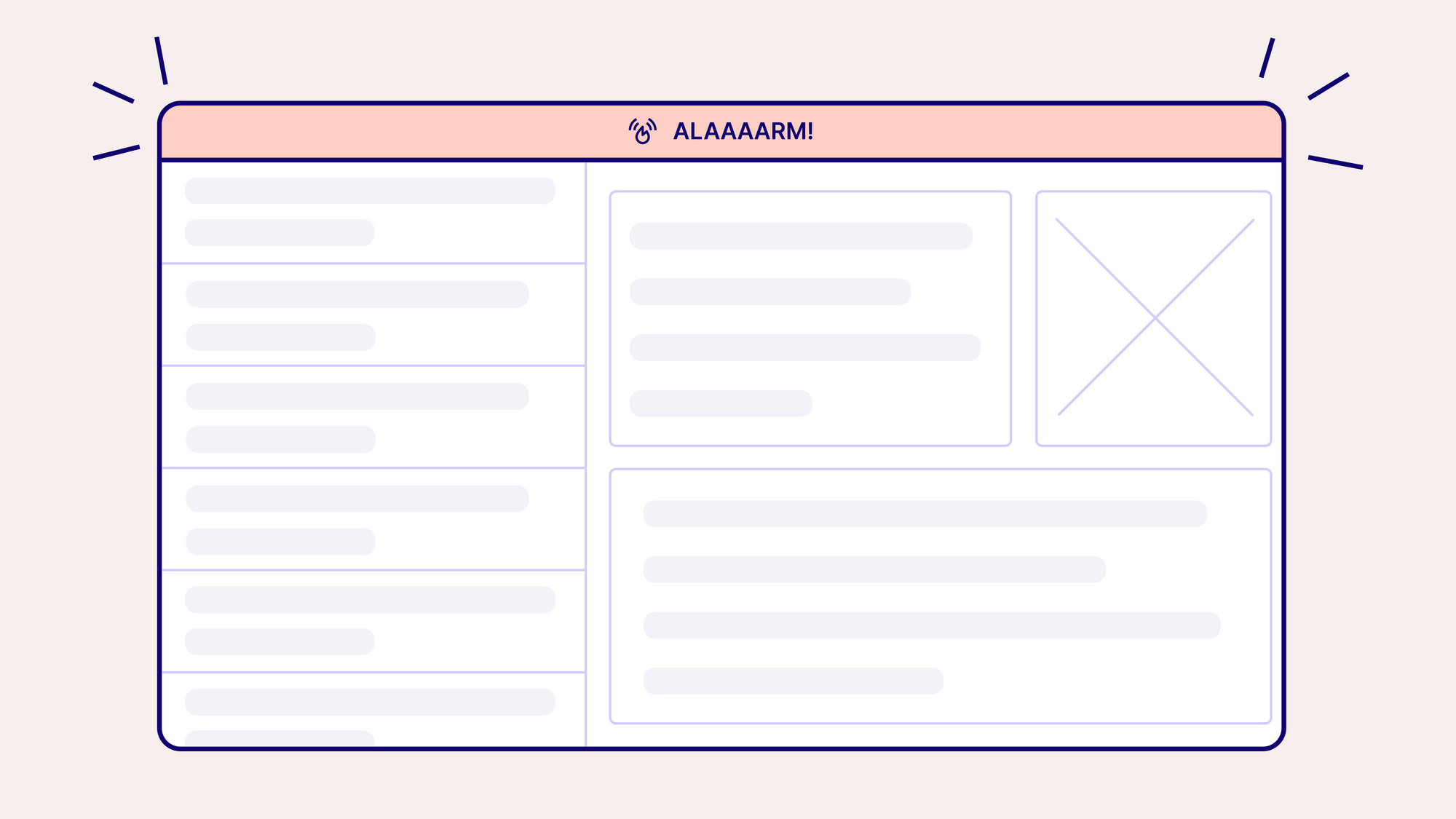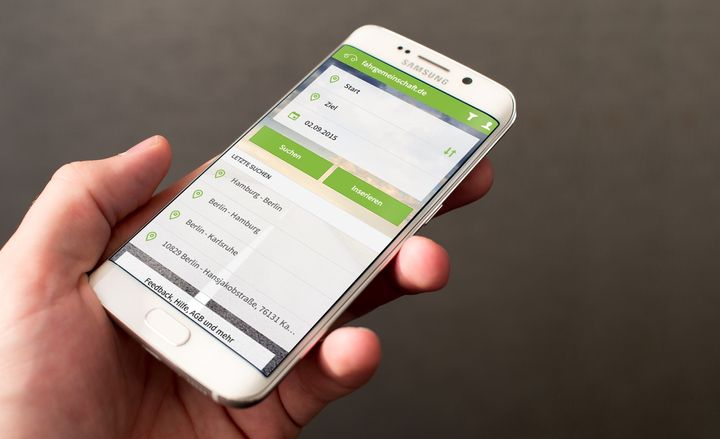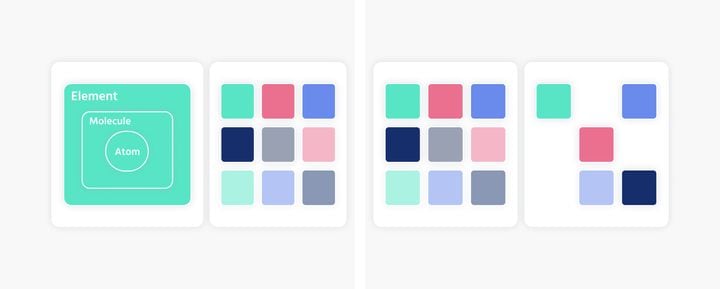Get out of your bubble: 3 insights from our recent user testing

User testing is the process of evaluating a product or service by testing it with actual users. Real users try out the product or service and provide feedback on their experience. The goal is to identify any usability issues, uncover areas of confusion, and find opportunities for improvement.
In a way, conducting user testing often feels like a formality. It’s easy to slip into thinking that we know what the result is going to be and so we don’t need to test our concept. Yet I’m going to argue that it’s worth doing it as it can make a tremendous difference in our understanding of where we stand in relation to our user’s needs.
If you're still unsure whether conducting user testing is worth the time and effort, here are some real live insights we gathered in a few recent user tests that really surprised us. I'm going to give you three reasons why user testing is definitely worth it:
Get out of your bubble
User testing comes in handy at a stage where we feel pretty confident about our assumptions and solutions and we're tempted to think we probably don't have to check in with the users as they will tell us what we already know.
It’s crucial to remember at every phase of the design work that we design for the users with their specific needs. And even if we've gathered a lot of insights about them and their behaviours and even if we’re the most empathetic and believe we understand them, we are still us and not them. It’s simply impossible to be inside somebody else's head.
“Design is really an act of communication, which means having a deep understanding of the person with whom the designer is communicating.”
- Don Norman
Remembering this simple fact gives us a good enough reason to take the time and check in with the users. Doing that shows that we genuinely care about the quality of the user experience that we're creating for them.
The result of the user test may be a simple confirmation of our assumptions but it may also be something different or surprising.
To give you a real-life example, in one of our last user tests we wanted to test a new version of a malfunction indicator we designed. It was a full-screen, coloured bar on the top of the page. The colour would change according to the malfunction status. We thought such indicator had to be something one simply cannot miss so that new alarms are easily visible and one has a good overview of what’s going on.
Test result? None of our testers even noticed it. They seemed to be literally blind to it.
We didn’t expect that to say the least. This experience taught us that it's really good to get out of our bubble and simply ask.

Get extra information
Another benefit of conducting user testings is that by talking to your users you can always squeeze out an extra bit of information that will inform your design decisions. That's especially useful if the initial research has been limited or not conducted at all.
Even when testing a specific feature, you will get extra insights and comments about other features, the user’s pain points or the way they work. This will allow you to understand the broader context of the app’s use even better. Some of the insights may bring to light important underlying usability problems that otherwise would pop up later and possibly stir up the whole concept.
These insights can be so eye-opening that it may turn out you're trying to solve the wrong problem. That was the case of a prioritisation feature we tested during the same user testing.
The feature was supposed to be an enhancement that would make task prioritisation easier and therefore make the process better. Yet it didn't cause much enthusiasm among our users and that was because they didn't need it. But they didn't just say it. Instead, they shared the workarounds they've been using to prioritise or categorise the tasks. It then became clear that we were focusing on the wrong problem.
Some insights you will receive from your users may seem small at first but they may catapult your concept in a new direction. So even if most of the time we manage to figure things out, that one insight may change everything and make the design simply better and more usable for our users.
Pat yourself on the back
Hopefully you got it right and the user testing confirmed that your assumptions were correct. That’s great and you can feel proud of your good work. The purpose of user testing is seeing the possible blind spots but also to make sure we are on the right track so we can feel more confident about the solution we’re working on. It’s also a great message for everyone involved in the process and a proof of a good collaboration.
Bottom line
User testing enables you to create quality, user-centric apps and discover dormant opportunities for your product’s future. In today’s competitive product landscape that’s invaluable resource.
We at Hybrid Heroes always strive to create the best user experience and offer concept, design and development for our customers. If you are looking for an efficient full service partner for your digital product, give us a call and tell us about your design and development needs.



